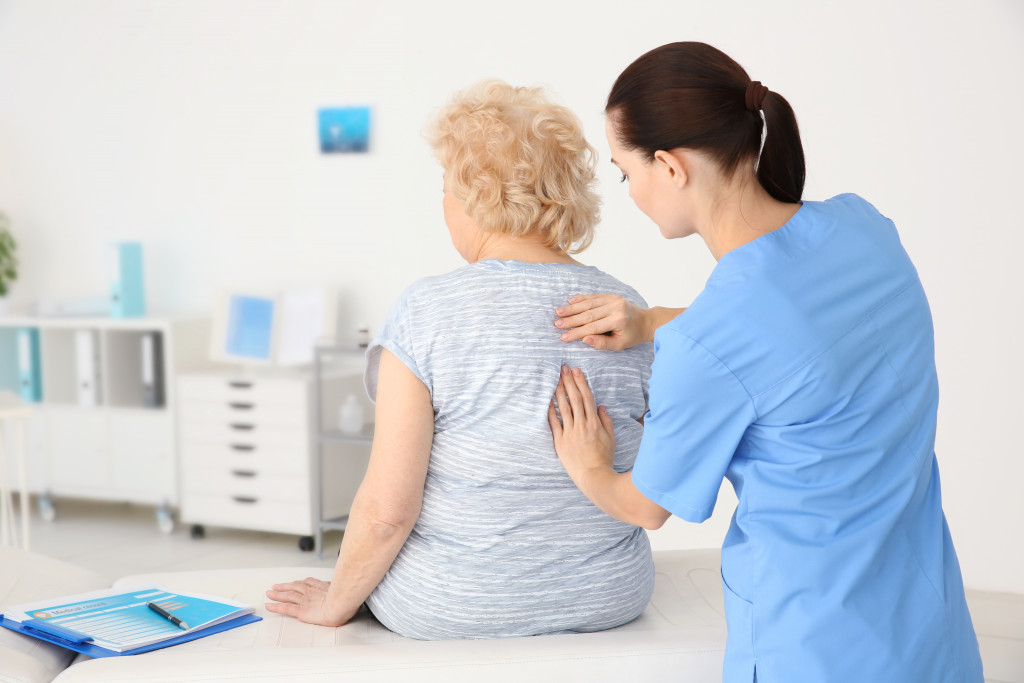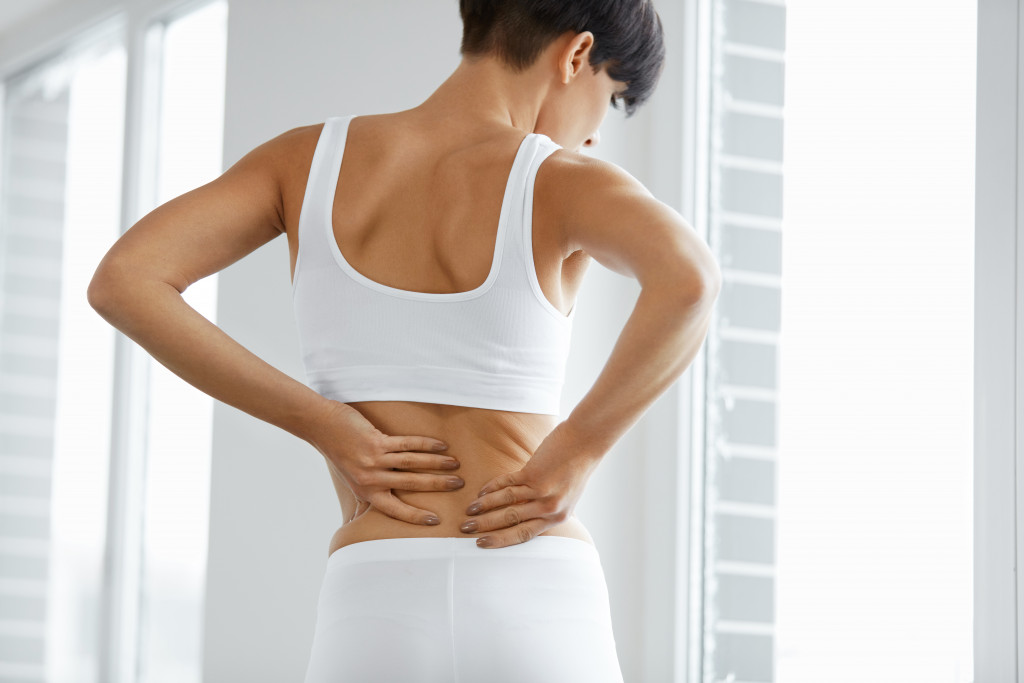We’ve long known that women are more likely than men to develop osteoporosis, which is characterized by low bone mass and the deterioration of bone tissue.
The difference in lifetime risk for developing osteoporosis is, in fact, startling. While one in two women will develop it during their lives, only one in four men will do so. This increased risk for women compared with men has been seen worldwide and across populations.
But why? It’s time to provide some insight on what’s behind this discrepancy in susceptibility to osteoporosis between men and women.
It Begins in the Bone Formation
The first thing we can look at is the bone turnover between men and women. Bone tissue is formed by cells called osteoblasts, which make new bone material (called osteoid), and cells called osteoclasts, which dissolve old bone material.
The balance between these two processes controls the strength of our bones. If there is too much degradation over the formation, our bones will become weaker.
Men have fewer osteoclasts than women for reasons that aren’t yet very clear. But one consequence is that they have stronger bones because their rate of bone tissue breakdown is lower.
Furthermore, whereas women experience a sharp drop in estrogen levels after menopause, which is associated with a rise in bone degradation, men continue to secrete small amounts of testosterone into their blood, which inhibit the activity of osteoclasts and keep bones strong.
So what happens when we combine lower levels of estrogen (which stimulates new bone formation by osteoblasts) and higher levels of testosterone (which inhibits the activity of osteoclasts) in women compared with men? You get weaker and more fragile bones for women than for men.
Also, since many women experience dramatic hormonal changes during times such as pregnancy and puberty – periods when estrogen levels are high – they may be at increased risk for developing osteoporosis later in life. Their bodies then aren’t as good at adapting to such fluctuations as those experienced by men who have been exposed to more consistent hormonal levels.

Estrogen Loss in Women
Let’s now consider the effect of estrogen loss on bone health in postmenopausal women. In addition to a decrease in estrogen, menopause also marks the beginning of a dramatic increase in bone degradation because it is accompanied by a dramatic drop in levels of female sex hormones, including progesterone and 17-beta estradiol, which inhibit osteoclasts and stimulate new bone formation.
Without these protective effects, women experience a faster rate of bone breakdown than they did when their estrogen levels were elevated as part of their reproductive cycle. This rise in bone degradation contributes significantly to the high risk that women have for developing osteoporosis after menopause compared with men at similar ages (and this has prompted many to take hormone replacement therapy, which can reduce the rate of bone degradation).
Importance of Bone Screening Tests for Women
Osteoporosis is a silent disease; it often has no symptoms. Therefore, regular bone density testing or DEXA scan service is an important way to determine if you are at risk of developing the condition.
If your test results indicate that you’re in the osteopenia or osteoporosis range, there are medications that can help slow the rate of bone loss and may increase bone mass, thereby reducing your risk for fracture.
The DEXA scan, short for dual-energy X-ray absorptiometry, is a low-radiation, high-precision test that can measure bone mineral density and determine your risk of fracture.
How the Screening Test Works
During this test, the patient lies on a table. An even amount of low-dose X-rays are directed at their hip bones from two angles.
A computer programme measures the X-ray beams as they travel from the source to the detector, which gives doctors data on each bone’s cross-sectional area (CSA), bone mineral content (BMC in grams), and density (grams per centimetre squared).
Bone mineral density is calculated by comparing your results to those obtained from healthy young adults with peak bone mass. Density scores that fall below a T-score of -1 indicate low bone mass and increased risk for fracture.
Many women diagnosed with osteoporosis after their first bone scan did not have any previous symptoms. While a small percentage experienced fractures prior to diagnosis – mostly from minor injuries such as slipping on wet surfaces – most had no history of fracture despite the presence of severe osteoporotic changes revealed by a second DXA scan.
These findings suggest that many women are going undiagnosed until their first fracture occurs. By this time, however, the condition is already severe to be managed by medications.
For this reason, women, especially those nearing or at menopausal stages, should consider undergoing bone screening every one or two years.







